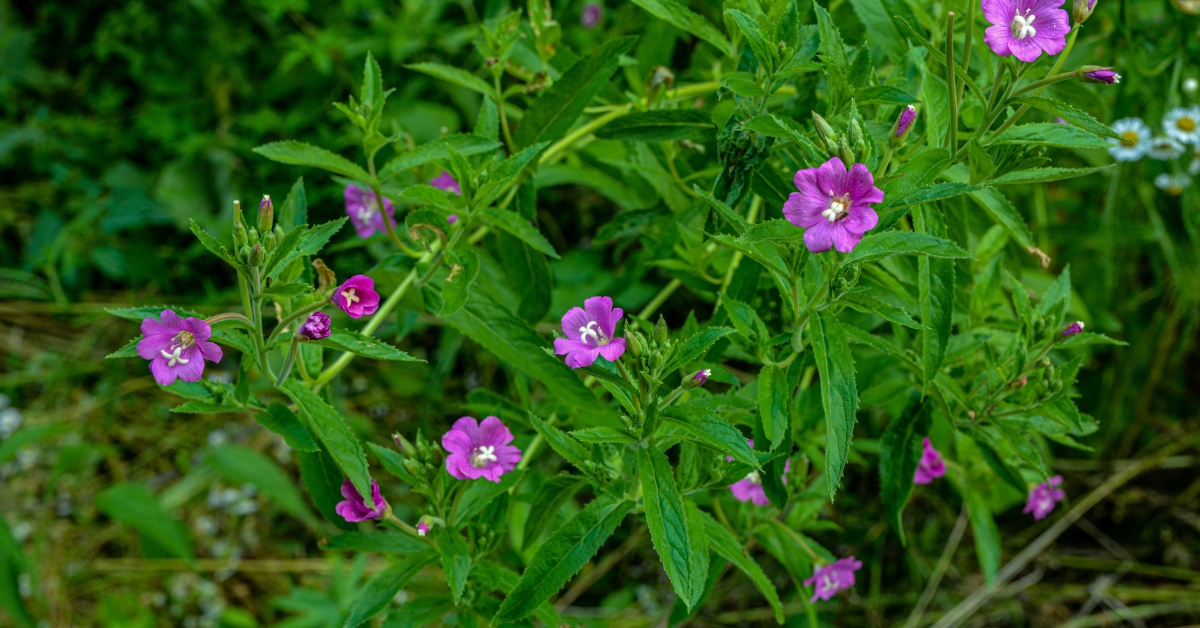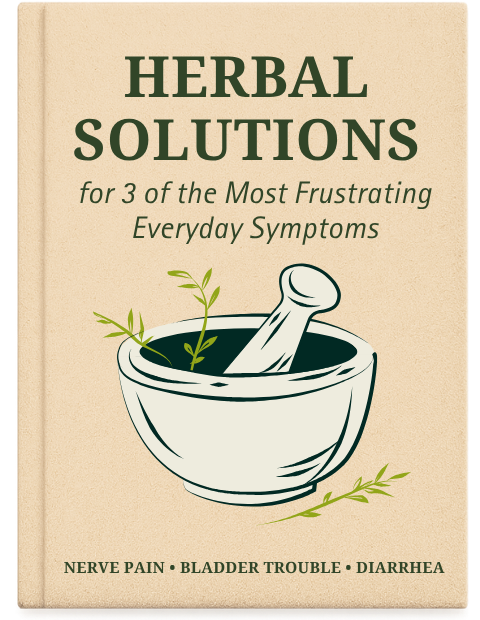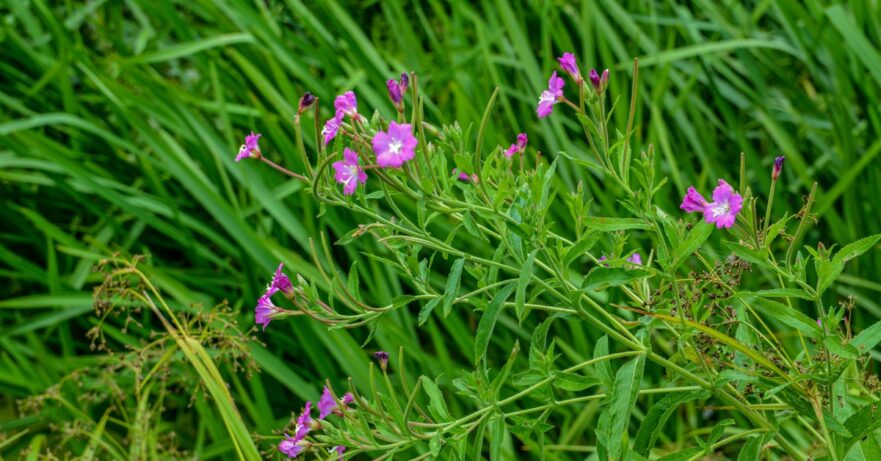In this monograph about small-flowered willowherb:
📖 Introduction | 🌱 Botanical Description | 📜 Traditional Uses | 🔍 Phytochemistry | ✨ Applications and Uses | 🛡️ Safety Profile
📖 Introduction
Small-flowered willowherb (Epilobium parviflorum) is often recognized in herbal medicine for its potential benefits in supporting prostate health and managing urinary tract issues. This plant has been used traditionally across Europe and is gaining attention for its potential role in managing benign prostatic hyperplasia (BPH) and related conditions. However, more research is needed to confirm its effectiveness.
| English Name | Small-flowered willowherb |
| Latin Name | Epilobium parviflorum |
| Parts Used | Aerial parts |
| Traditional Uses | Soothing urinary and prostate conditions |
| Herbal Actions | Anti-inflammatory, astringent, diuretic |
🌱 Botanical Description
Scientific Classification
Epilobium parviflorum is part of the Onagraceae family.
Physical Characteristics
This herbaceous perennial plant features small, pink to pale red flowers, lance-shaped leaves, and stems that can reach up to 30 inches in height.
Natural Habitat and Cultivation Details
Small-flowered willowherb is native to Europe but can also be found in Asia and North America. It thrives in moist, shaded areas and along the banks of rivers and streams. It is relatively easy to cultivate from seed in temperate climates.
📜 Traditional Uses
Traditionally, small-flowered willowherb has been used for its potential anti-inflammatory effects, primarily in treating urinary and prostate conditions. In folklore, it was also used for soothing the gastrointestinal tract and occasionally for skin conditions.

🔍 Phytochemistry (Active Constituents)
Small-flowered willowherb contains several key phytochemicals that are thought to contribute to its potential medicinal properties:
- Flavonoids: These are natural compounds with antioxidant effects that may help reduce oxidative stress in the body. By neutralizing free radicals, flavonoids could play a role in protecting cells, including those in the prostate, from damage.
- Phytosterols: Plant-based compounds that structurally resemble cholesterol. Phytosterols may help reduce inflammation and might support prostate health by potentially influencing hormonal pathways involved in prostate enlargement. However, more research is needed to confirm their exact role.
- Tannins: These compounds are known for their astringent properties, which might help tighten tissues and potentially reduce inflammation. Tannins may also contribute to the plant’s overall anti-inflammatory effects.
✨ Applications and Uses
Small-flowered willowherb is primarily explored in herbal medicine for its potential to:
- Manage symptoms of BPH: It may help reduce inflammation and influence hormone levels related to prostate health, though more studies are required to confirm these effects. Preliminary findings suggest it might offer support, but conclusive evidence is still lacking.
- Support urinary tract health: Its potential anti-inflammatory properties may be beneficial in managing urinary tract inflammation, but further clinical research is needed to validate this use.
- Provide general anti-inflammatory support: It has been suggested for use in managing various inflammatory conditions due to its flavonoid content. While some early research suggests it may support prostate and urinary health, more rigorous studies are necessary to confirm its role in managing inflammation and hormonal balance.
🛡️ Safety Profile
Small-flowered willowherb is generally considered safe for most individuals when used in moderate, recommended doses. However, as with any herbal treatment, it is important to exercise caution.
Potential side effects, though rare, may include mild gastrointestinal discomfort or allergic reactions in sensitive individuals.
While there are no widely documented adverse interactions with medications, it is still essential to consult with a healthcare provider before starting any new herbal regimen, particularly for those who are on medications or have existing health conditions. This ensures safety and helps avoid possible herb-drug interactions.
📃 Related Posts
🌱 Related Herbs

